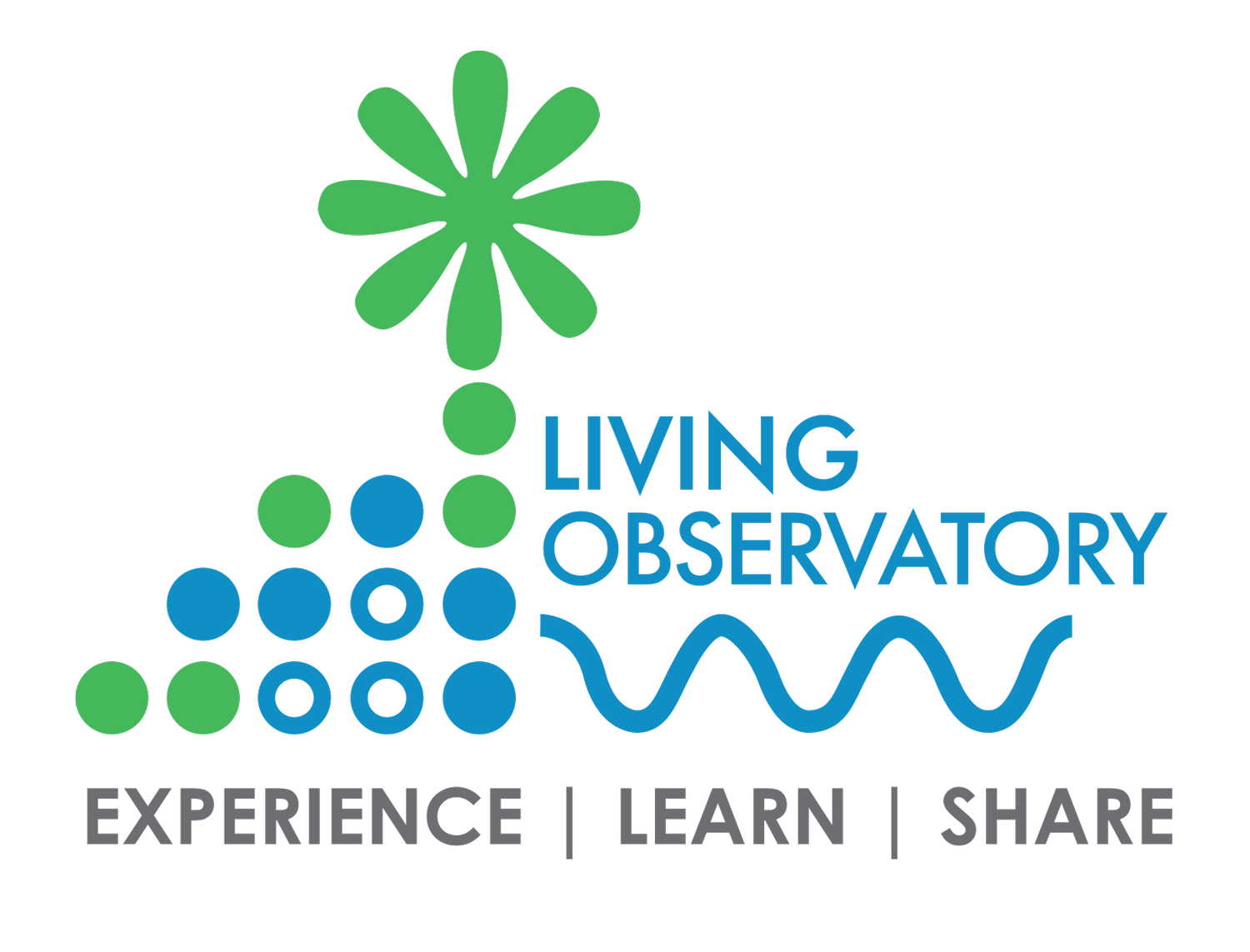A midday walk on Dinah Path with Chairlady and President of the Herring Pond Wampanoag Tribe, Melissa Ferretti
On December 10th, Living Observatory President Glorianna Davenport and Fellow Zane Elias met with Chairlady and President of the Herring Pond Wampanoag Tribe, Melissa Ferretti. The weather was quite grey, yet conversations between the three, guided by land and imagination, were enthusiastic and animated by lively prospects for collaboration. We would like to extend our deepest thanks to the Wampanoag Herring Pond Tribe for allowing us on the land, and to Melissa for making time in her busy schedule to walk with us share her stories and histories.
Melissa walking Dinah path.
As we walked, Melissa outlined a multitude of plans and projects for Dinah Path. From footpaths to be created, fallen trees to move, bridges to be renovated and educational boards set to go up. The land - already beautiful - has much in store. The Herring Pond Wampanoag Tribe aim to make Dinah Path publicly accessible as a place where people can gather outdoors for leisure and recreation, while simultaneously have it serve as a space for cultural and educational events, such as Pow wows. Pow wows are gatherings either held privately or publicly, wherein Indigenous tribes celebrate and honor tradition through dance, song, ritual, and food. Melissa extended the prospect that the land could also be the center piece for native plant identification workshops. Melissa highlighted that it’s through activities like these that they practice an ideal valued by the Wampanoag Herring Pond Tribe, that of being “good neighbors.” Further, through these activities the public get the chance to learn critical, foundational histories and lessons that foster a mindset in line with the harmonious co-existence between nature and reconciliation.
Dinah Path has major historical significance. The 6-acre parcel of land is an increment of the original “great lot”, a parcel of land which was approximately 2,600 acres that originally belonged to the Wampanoag Herring Pond Tribe before it was drawn up on maps, taxed and bordered by settlers. The land is imbued with cultural and historical implications for the tribe. On site is a burial ground officially dating back to the early 1800s. Currently, only a handful of graves belonging to Herring Pond Wampanoag members have been identified. Yet Elders’ testimony, environmental features (such as dips in topsoil,) and historical records point at as many as 50 tribe members at rest on the site - a conservative estimate. Further, written historical records do not recognize the fact that the site was active well before cultures of burial were practiced. In this case the cultural relevance of the burial site may date farther back than the early 1800’s. As we read tombstones, Melissa emphasized that there is still work to be done with LIDAR and GIS to further identify the other graves. Yet, for those who they have identified it is reassuring to know they are at rest, and home.
Beyond the broader cultural significance for the Wampanoag Herring Pond Tribe, the land also brings back fond memories for its individual members. As we passed through a dense cluster of sugar pine, Melissa recalled how in childhood her mother would task her with collecting pine so together they could smoke herring caught from the river. As Melissa recalled how the sugar pine embellished the fish with its distinct flavors, she highlighted that this activity, among many others, of her youth was what her mother would call “living off the fat off the land.”
There is much left that could be said about the walk and new avenues for collaboration. But how better to talk, than to walk the talk? Living Observatory is enthusiastic about the opportunity to work with the Wampanoag Herring Pond Tribe in future collaborations. Be sure to keep eyes peeled and ears sharp for a short video on the walk and what is to come with the new year.
Melissa (left) and Glorianna (right) at the entrance to Dinah Path.


